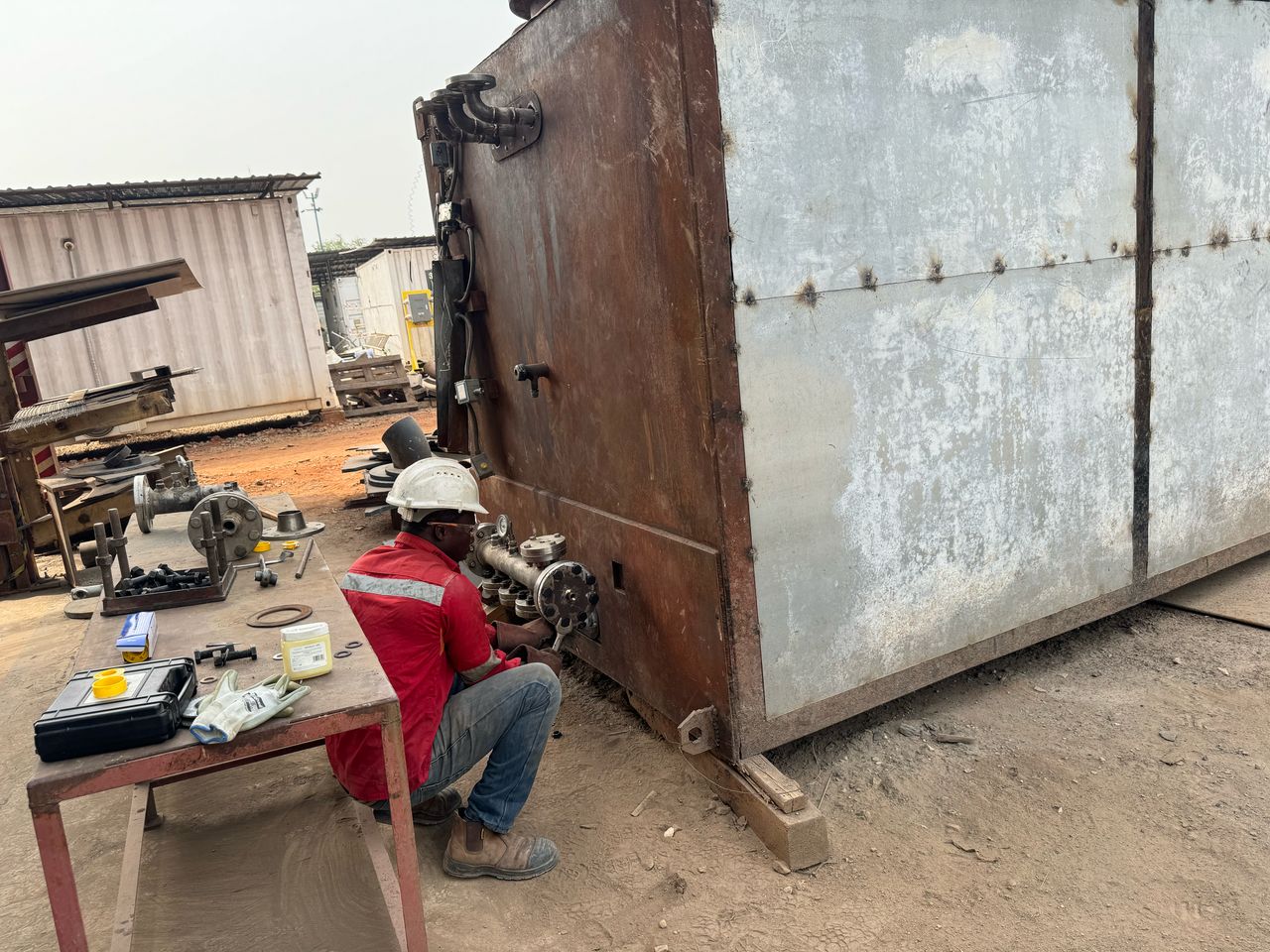Introduction
Non-Destructive Testing (NDT) is a critical inspection method used to assess the structural integrity and performance of fixed plants without causing damage to equipment or components. Fixed plants, such as those found in mining, manufacturing, and processing industries, consist of static machinery and infrastructure, including pressure vessels, pipelines, storage tanks, crushers, conveyors, and structural supports. Regular NDT inspections ensure the safe and efficient operation of these systems by identifying defects, wear, and potential failures before they become critical.
Types of NDT Methods for Fixed Plants
1. Visual Testing (VT)
• The most basic form of NDT, used to identify surface defects, corrosion, and misalignments.
• Often combined with other techniques for a comprehensive inspection.
2. Ultrasonic Testing (UT)
• Uses high-frequency sound waves to detect internal flaws, such as cracks, voids, and thickness variations.
• Ideal for inspecting pressure vessels, storage tanks, and critical structural components.
3. Magnetic Particle Testing (MPT)
• Detects surface and near-surface cracks in ferromagnetic materials.
• Commonly used on welds, piping, and support structures in fixed plants.
4. Dye Penetrant Testing (DPT)
• Uses liquid dye to reveal surface defects in non-porous materials.
• Suitable for identifying cracks in welds, castings, and machined components.
5. Radiographic Testing (RT)
• Uses X-rays or gamma rays to inspect internal structures of thick materials.
• Effective for detecting deep-seated flaws in pressure vessels and pipelines.
6. Eddy Current Testing (ECT)
• Uses electromagnetic fields to detect cracks, corrosion, and material thickness variations.
• Useful for heat exchangers, tubing, and conductive materials in fixed plants.
7. Acoustic Emission Testing (AET)
• Detects stress-induced sound waves from crack formation or material deformation.
• Effective for real-time monitoring of pressure vessels and storage tanks.
Benefits of NDT on Fixed Plants
• Early Defect Detection: Identifies potential failures before they cause costly breakdowns.
• Improved Safety: Prevents catastrophic failures that could lead to accidents, injuries, or environmental hazards.
• Minimized Downtime: Allows for predictive maintenance, reducing unexpected shutdowns.
• Cost Savings: Reduces repair costs and extends the lifespan of plant equipment.
• Regulatory Compliance: Ensures adherence to industry safety and quality standards.
Conclusion
NDT plays a vital role in maintaining the reliability and safety of fixed plants. By using various testing techniques, industries can proactively detect defects, improve equipment performance, and prevent costly failures. Investing in regular NDT inspections ensures operational efficiency, regulatory compliance, and a safer working environment


